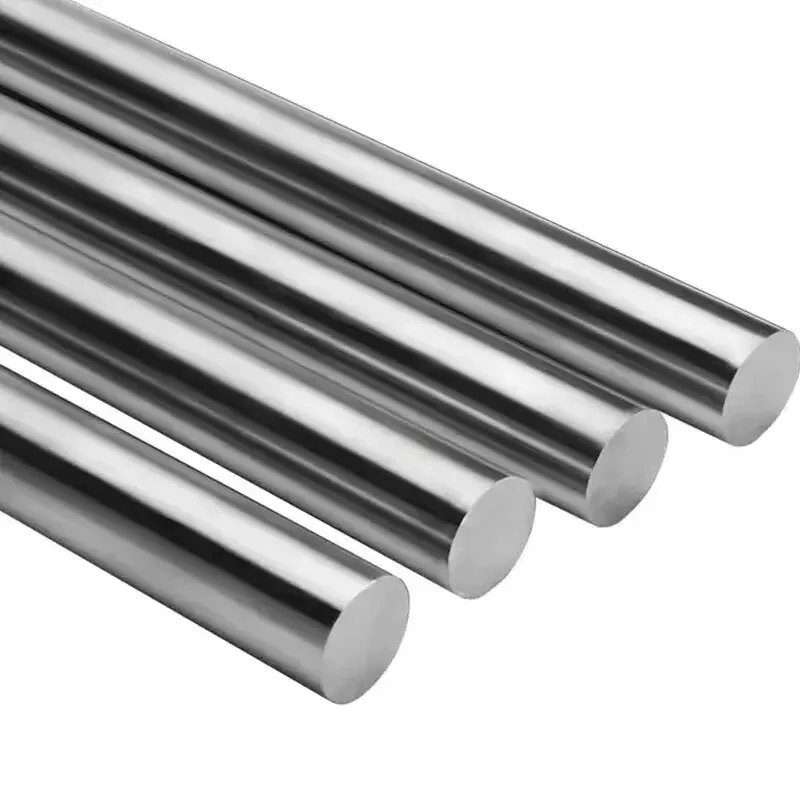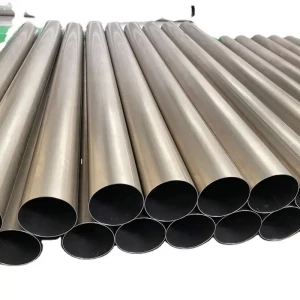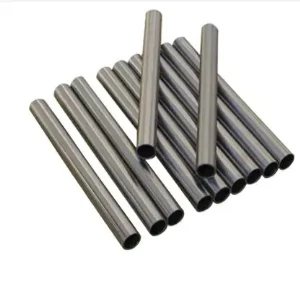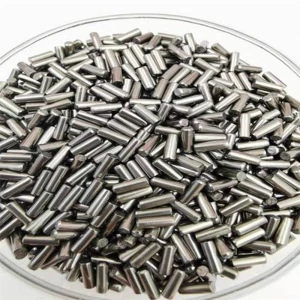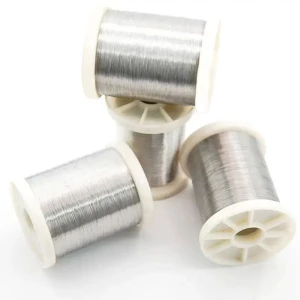Astm B551 Zirconium 702 Bar
Introduction to zirconium alloy:
The zirconium alloy is a solid solution of zirconium or other metals. Zirconium has a very low thermal neutron absorption cross section, high hardness, ductility and corrosion resistance. The main use of zirconium alloys is in the field of nuclear
technology, such as fuel rods in nuclear reactors. Typical compositions of nuclear grade zirconium alloys are more than 95% zirconium and less than 2% tin, antimony, iron, chromium, nickel and other metals added to improve mechanical properties and corrosion resistance. Zirconium alloy has good corrosion resistance, moderate mechanical properties and low atomic thermal neutron absorption cross section (Zirconium is 0.18 target) in high temperature and high pressure water and steam at 300-400 °C. It has good compatibility with nuclear fuel. It can be used as a core structural material for water-cooled nuclear reactors (fuel cladding, pressure pipes, supports and tunnel pipes), which is the main use of zirconium alloys. Zirconium has excellent corrosion resistance to various acids (such as hydrochloric acid, nitric acid, sulfuric acid, and acetic acid), alkalis, and salts, so zirconium alloys are also used to make corrosion resistant parts and pharmaceutical devices. Zirconium has a strong affinity with gases such as oxygen and nitrogen, so zirconium and zirconium alloys are also widely used as non-evaporable getters in the electric vacuum and bulb industries (see getter materials). Zirconium has excellent luminescent properties and is therefore a flash and pyrotechnic material.
Zirconium is a silvery-white transition metal, easy to form a layer of oxide film on the surface, with luster, so the appearance is similar to steel, corrosion resistance but soluble in hydrofluoric acid and aqua regia; At high temperature, it can react with non-metallic elements and many metal elements to generate solid solution compounds. Zirconium has good plasticity and is easy to process into plates, silk, and so on. Zirconium can absorb a large amount of oxygen, hydrogen, nitrogen, and other gases when heated, which can be used as hydrogen storage materials; Zirconium has better corrosion resistance than titanium, close to niobium and tantalum.
Chemical Composition Of Zirconium
| R60702 | Zr+Hf≥99.2 | Hf≤4.5 | Fe+Cr≤0.2 | C≤0.05 | N≤0.025 | H≤0.005 | O≤0.16 | / |
| R60704 | Zr+Hf≥97.5 | Hf≤4.5 | Fe+Cr≤0.2-0.4 | N≤0.05 | H≤0.005 | Tin1.0-2.0 | Nb0.18 | / |
| R60705 | Zr+Hf≥95.5 | Hf≤4.5 | Fe+Cr≤0.2 | C≤0.05 | N≤0.025 | H≤0.005 | O≤0.18 | Nb2.0-3.0 |
Feature
1. Low density and high strength
2. Excellent corrosion resistance
3. Good resistance to effect of heat
4. Excellent bearing to cryogenic property
5. Nonmagnetic and non-toxic
6. Good thermal properties
7. Low modulus of elasticity
1.Excellent biocompatibility
2.Economical
3.Suitable for ceramic veneer
4.light in mass
5.Low thermal conductivity
6.Translucent on X-ray exposure
7.Tensile strength 90,000 to 100,000 N/mm²
8.Allows conventional cementation
Temos mais categorias para você. Se você não pode encontrar os produtos que você quer acima, basta preencher o formulário e nos dizer quais produtos você quer importar da China.


